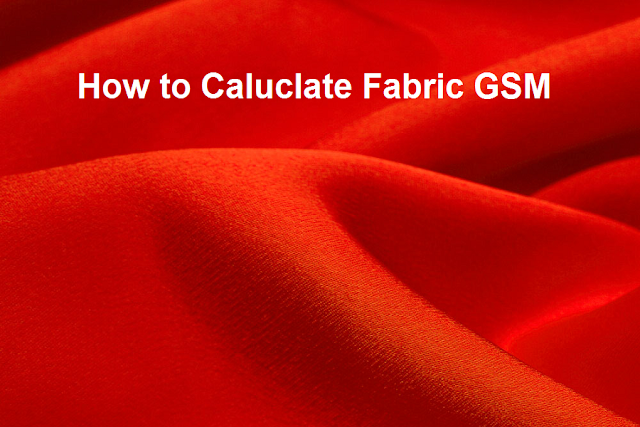GSM also known as grams per square meter, is a standard measurement that defines the weight and thickness of a fabric. In simple terms, it measures the weight of a square meter of fabric in grams4. The GSM value of a fabric indicates the overall quality, durability, and comfort of the material.
Here’s a simple GSM fabric weight chart to help you understand the concept better:
- 60-100 GSM: This is the range for lightweight fabrics. Think summer t-shirts, lightweight underwear, and bed linens.
- 101-150 GSM: Still light in weight but a bit denser. Perfect for regular t-shirts and light summer clothing.
- 151-200 GSM: A mid-weight range, ideal for autumn or spring wear, such as long-sleeved shirts and regular dresses.
- 201-300 GSM: This range is suitable for most sweatshirts and ideal for clothing that provides a bit of warmth, like a light to mid-weight hoodie.
- 301-400 GSM: In this range, you’re looking at the weights of a good-quality, heavyweight hoodie or a light jacket.
- 400+ GSM: Anything over 400 GSM is considered heavy and is usually reserved for the heaviest outerwear like thick hoodies, sweatshirts, jackets, or blankets.
This chart provides a general understanding, but remember, the GSM is just one factor that contributes to the overall feel, comfort, and durability of your clothing. Other factors, like the type of fabric (cotton, polyester, etc.), the weave, and the quality of the fiber, can also significantly impact the final product.

How to calculate GSM?
The formula to calculate GSM (Grams per Square Meter) in fabric is:
GSM = (Wgx10,000) / (LxW)
Where:
- Wg is the weight of the sample in grams.
- L is the length of the sample in cm.
- W is the width of the sample in cm.
- GSM is the grams per square meter (g/m²).
For example, if you have a fabric sample that weighs 4 grams, with a length of 30cm and a width of 20cm, you would calculate the GSM as follows:
GSM = (4×10,000) / (20×30) = 66.67 gsm
This means that the fabric has a GSM of 66.67, indicating it’s a relatively lightweight fabric.
Reasons why GSM is important
- Quality Indicator: Higher GSM generally indicates denser and higher-quality fabric.
- Durability: Fabrics with higher GSM tend to be more durable and long-lasting.
- Comfort: Lower GSM fabrics are often lighter and more breathable, providing comfort in warm weather.
- Application: GSM is crucial in choosing fabrics for specific purposes, such as activewear, upholstery, or bedding.
- Cost Consideration: GSM can influence production costs, affecting the price and performance of the final product.
By understanding fabric GSM, you can better assess the weight and structure of the fabric, allowing you to choose the most appropriate material for your specific needs. The significance of fabric GSM goes beyond mere numbers; it affects the quality and utility of fabric in multiple ways.
IGREEN TEX VIETNAM CO LTD
Address: No. 83 , A4 Street, Ward 12, Tan Binh Dist, HCMC
Tax code: 0315844409
Email: info@igreentex.com
WhatsApp/Viber/Zalo: +84938.045.900
